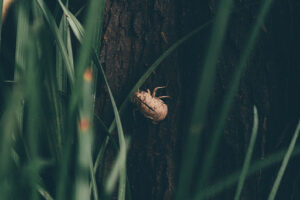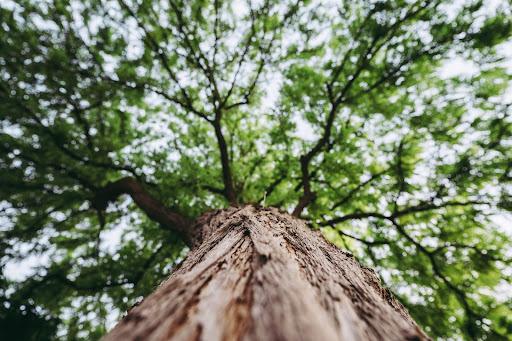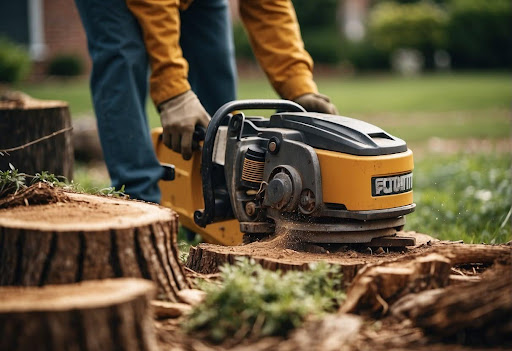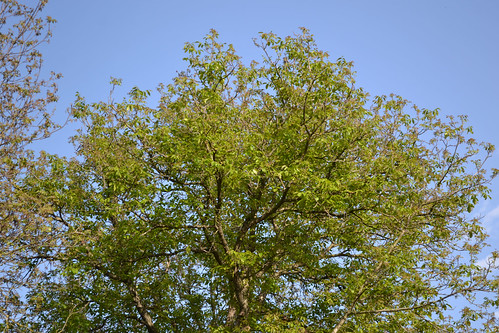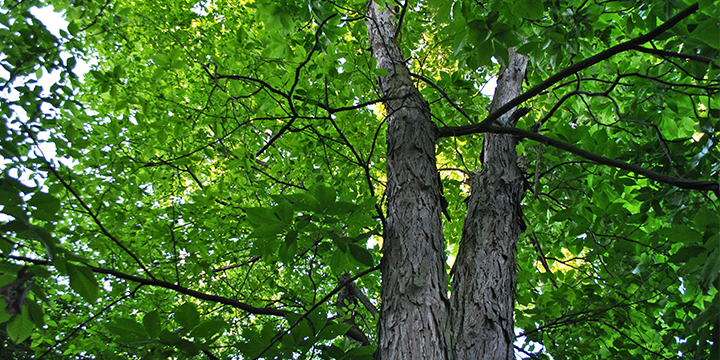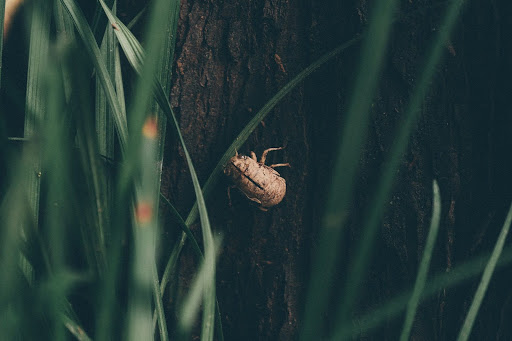
Arlington’s Approach to Insect Management in Trees
Date January 30, 2024
Along with diseases and severe weather conditions, insects are among the biggest threats to residential trees. Not all insects harm trees, however, and many are fundamental for pollination and protection against pests. A well-informed approach to insect management is necessary, therefore, to preserve both a tree’s health and the biodiversity that healthy trees promote.
What Is Insect Management in Trees?
Image via Unsplash by Ellicia
Insect management controls or removes insect populations that can damage trees. These pests can rob trees of their nutrients and compromise their structural integrity by chewing through plant matter, sucking on cell sap, or feeding on bark and laying eggs. Many common tree pests are active in summer, but others may nest in trees over winter before emerging in spring.
TreeNewal manages potentially harmful insect populations through careful and sustainable industry practices. Our preventive solutions include watering, pruning, and soil conditioning to promote tree health. If we need to use insecticides, our ISA Certified Arborists know which solutions are optimal for eliminating pests while preserving beneficial organisms and sustaining environmental integrity.
Why Is Insect Management Important?
Insect management is essential because it helps trees maintain their health and vigor, which, in turn, can prevent long-term ecological damage. A report by Purdue University highlights how pests are responsible for large swaths of tree deaths every year, resulting in the loss of vital carbon storage. Consequently, there are fewer trees to absorb carbon dioxide, and many of those dead trees release carbon into the atmosphere.
Insect management also is crucial in the short term. Trees stripped of their nutrients by pests are more likely to fail, potentially causing property damage and injuries. Preventing malnutrition and other tree damage helps ensure the safety of the entire community.
Signs of tree infestation
Watch out for the following signs of tree infestation and contact a professional if you notice any:
- Chewed-up foliage: Look for holey foliage or leaves with jagged edges, which may indicate an infestation of beetles, weevils, or insect larvae.
- Puckered or distorted foliage: Leaf puckering or distortion is a common reaction to aphid saliva.
- Speckled, dull, yellow, or dry foliage: Mites could be sucking the tree dry.
- White spots or masses: White spots or masses on twigs, branches, or leaves, may be the work of scale insects or aphids.
- Bark holes: Holes in the bark are usually due to the larvae of wood-boring insects.
- Poor growth: If a tree isn’t growing well, pests may be causing a nutrient deficiency.
Expert Insect Management in Arlington, Texas
Property owners who notice any signs of tree infestation should contact TreeNewal for an effective and sustainable solution. Our ISA Certified Arborists are experts at identifying insect damage to trees and developing care plans to bring arbors back to health. With our consultation, treatments, and safe disposal practices, we can prevent both tree failure and the spread of infestation. Contact us online or call 817-329-2450 today to get started.
